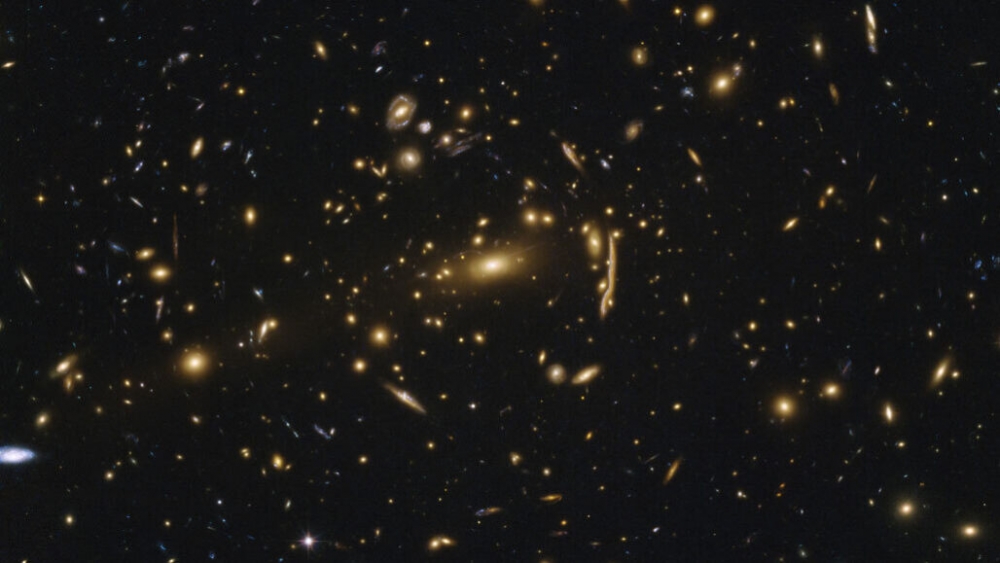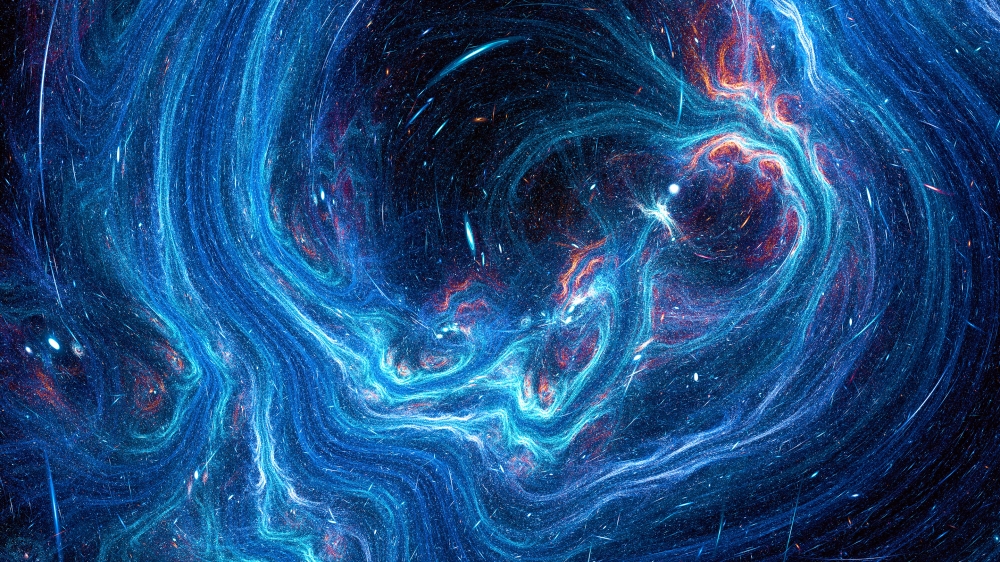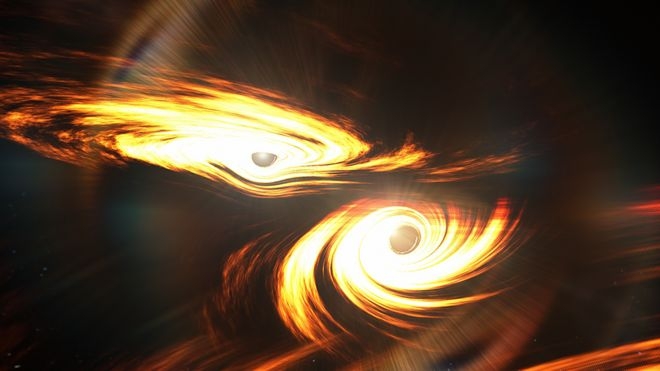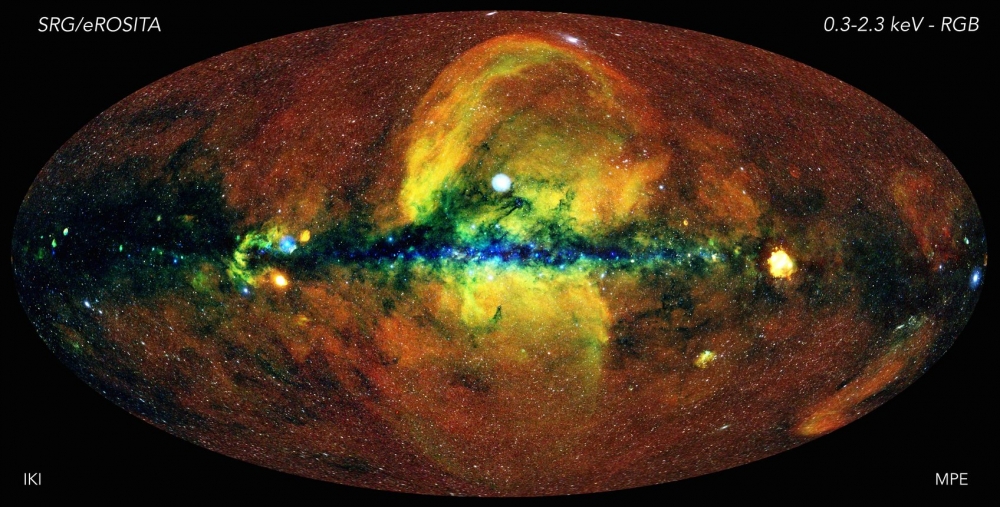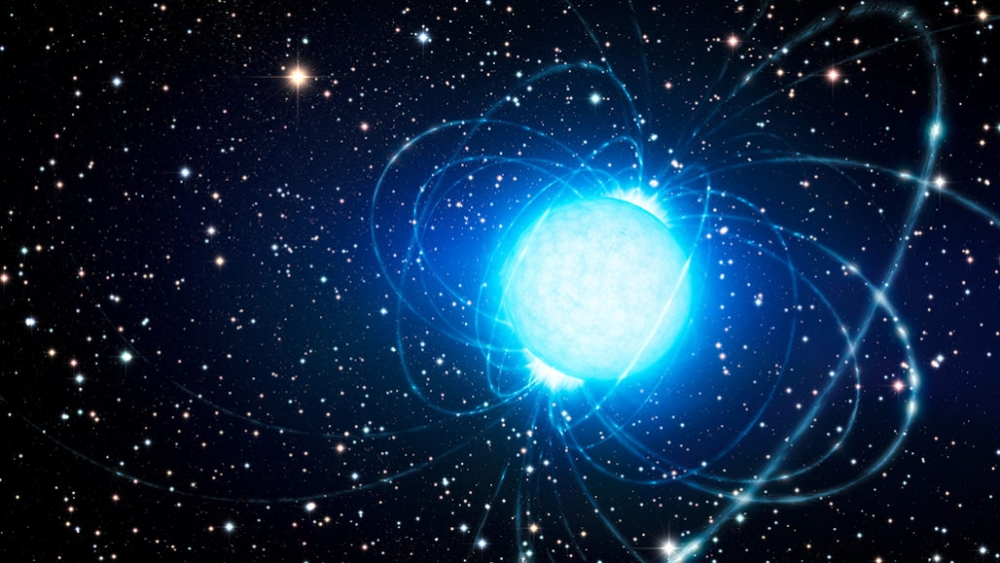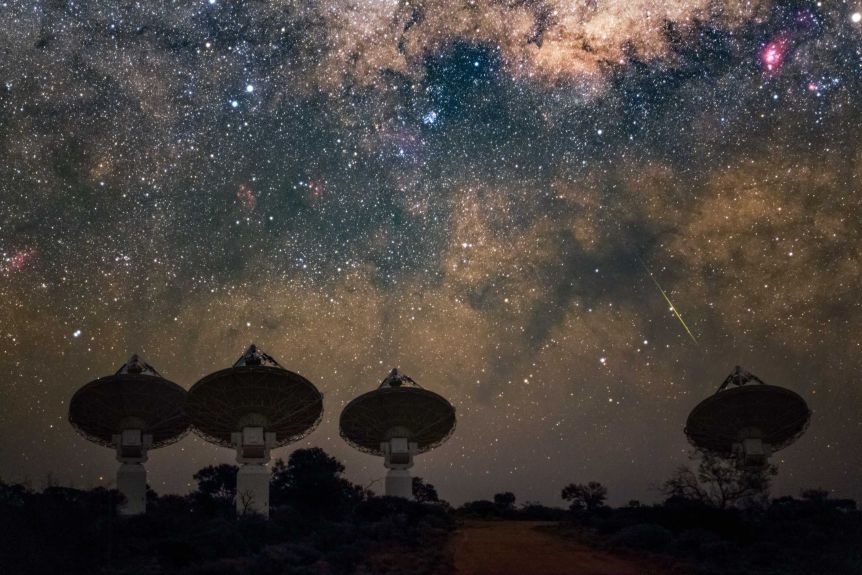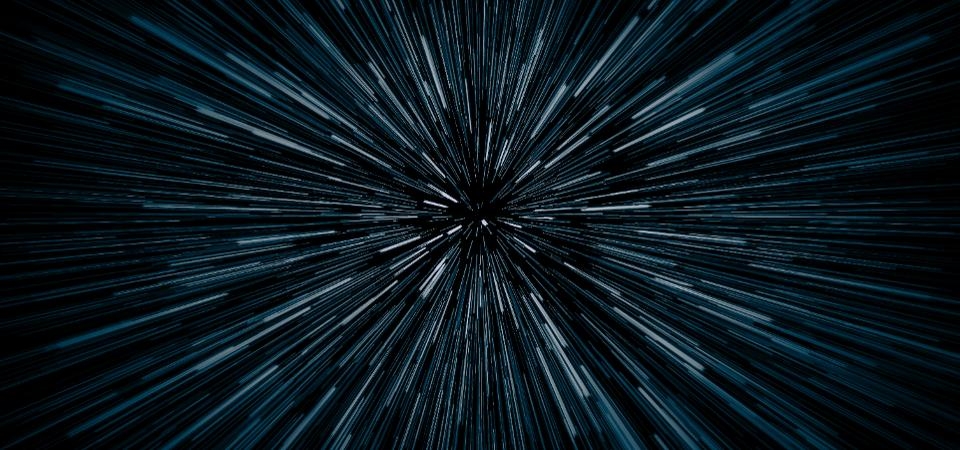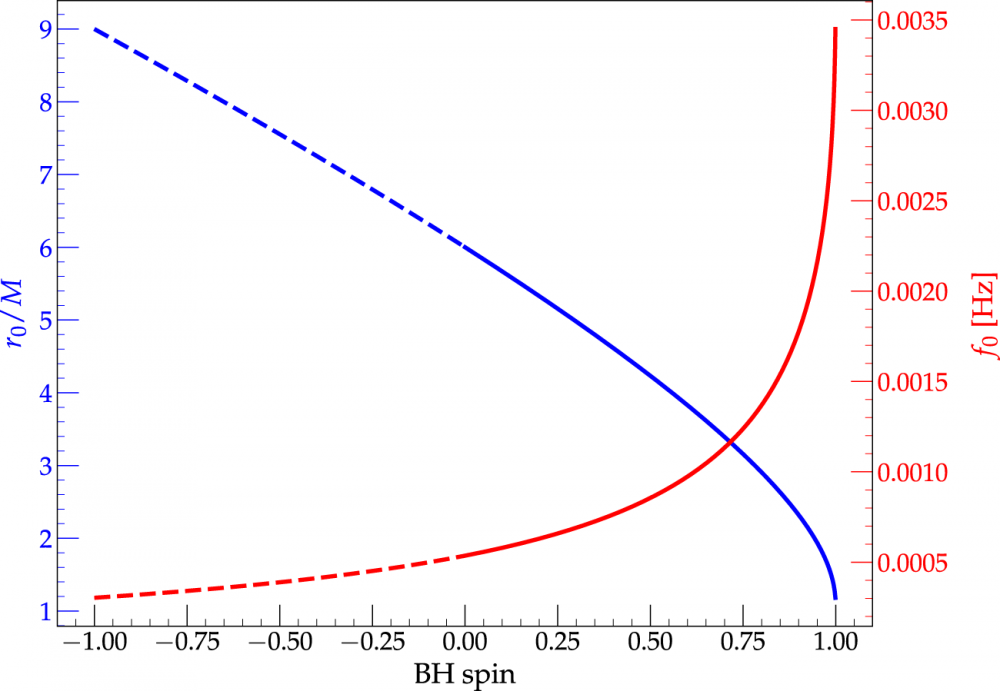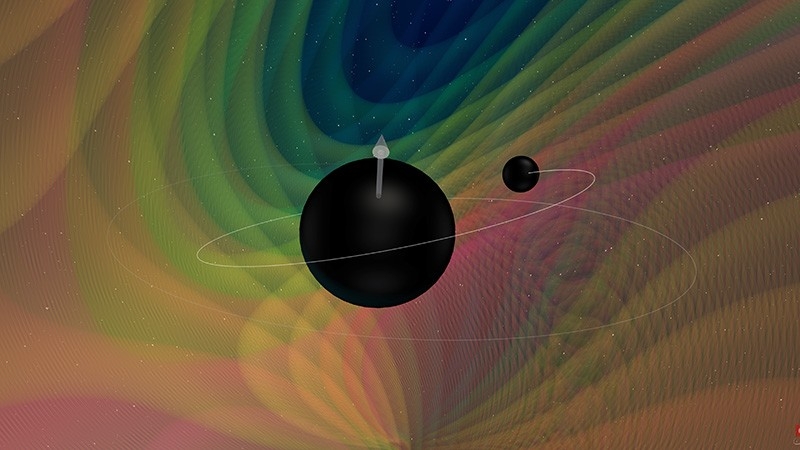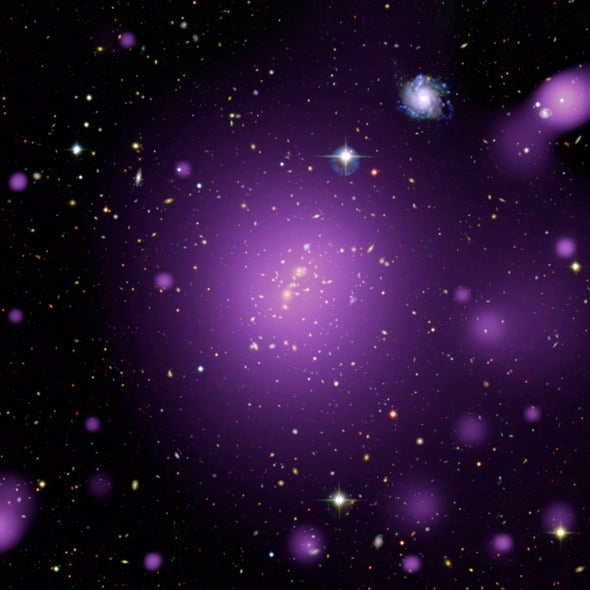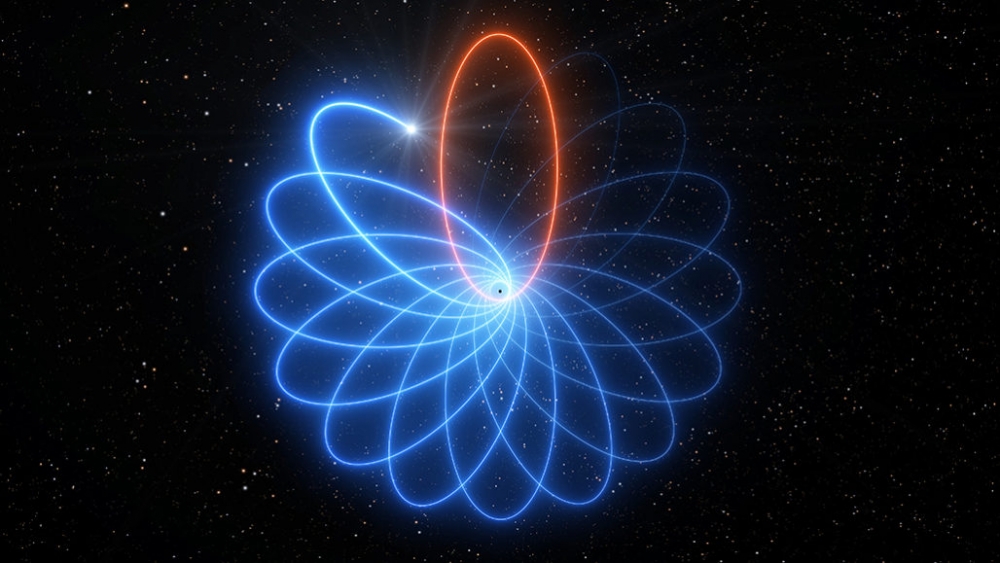Astronomers discovered that the shadow of the M87* black hole wobbles
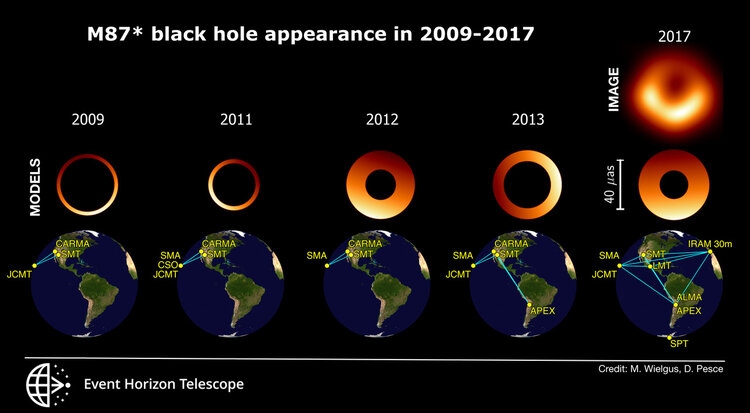
Snapshots of the appearance of M87 *, obtained with images and geometrical models and the EHT array between 2009 and 2017. The diameter of the rings is the same, but the location of the bright side varies. - (Image Credit: M. Wielgus, D. Pesce & the EHT Collaboration)
September 23, 2020
The Event Horizon Telescope is an array of telescopes that uses a technique called Very Long Baseline Interferometry (VLBI) to form a virtual radio telescope with a dish diameter similar to the size of Earth.
In the period between 2009-2013, M87* (the supermassive black hole in the galaxy M87) was observed with prototype EHT telescopes, at four different sites. Eventually, the entire EHT array came into operation in 2017, with seven telescopes located in five locations around the Earth.
Although the observations from 2009-2013 contained much less data than those from 2017 (lacking the capacity to provide a picture of the black hole at that point in time), the EHT team was able to identify changes in the appearance of M87* between 2009 and 2017 using statistical models.
The researchers concluded that the diameter of the black hole's shadow remains consistent with the predictions of Einstein's general theory of relativity for black holes of 6.5 billion solar masses. But they also found something unexpected: the crescent-shaped ring of hot plasma around M87* wobbles! It is the first time astronomers have glimpsed the dynamic accretion structure so close to the event horizon of a black hole, where gravity is extreme.
See full text
Link to the publication
See also
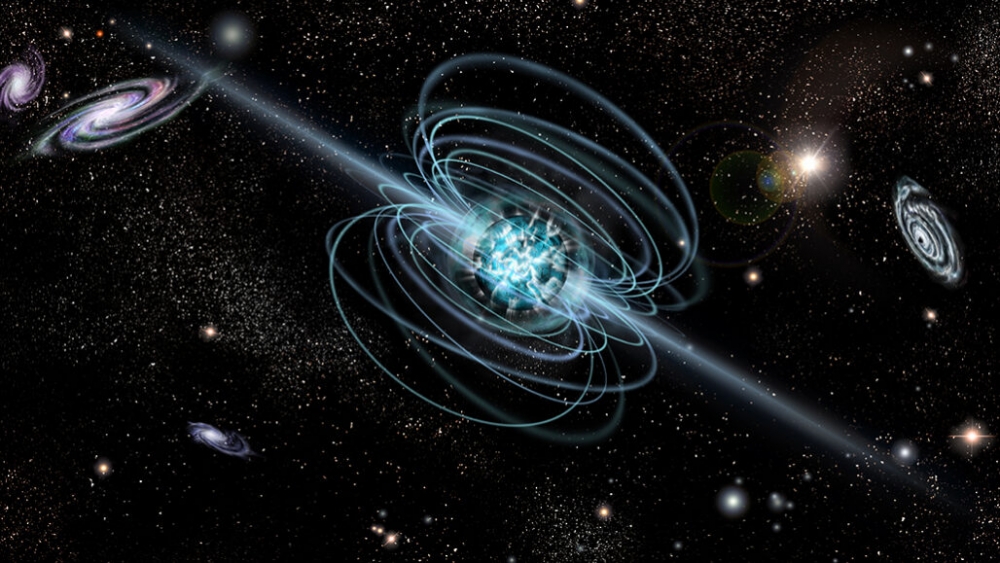 Magnetars, highly magnetized stellar corpses like the one illustrated here, could be the source of two different cosmic enigmas: fast radio bursts and high-energy neutrinos, a new study suggests. DRACO-ZLAT/ISTOCK/GETTY IMAGES PLUS
Magnetars, highly magnetized stellar corpses like the one illustrated here, could be the source of two different cosmic enigmas: fast radio bursts and high-energy neutrinos, a new study suggests. DRACO-ZLAT/ISTOCK/GETTY IMAGES PLUS